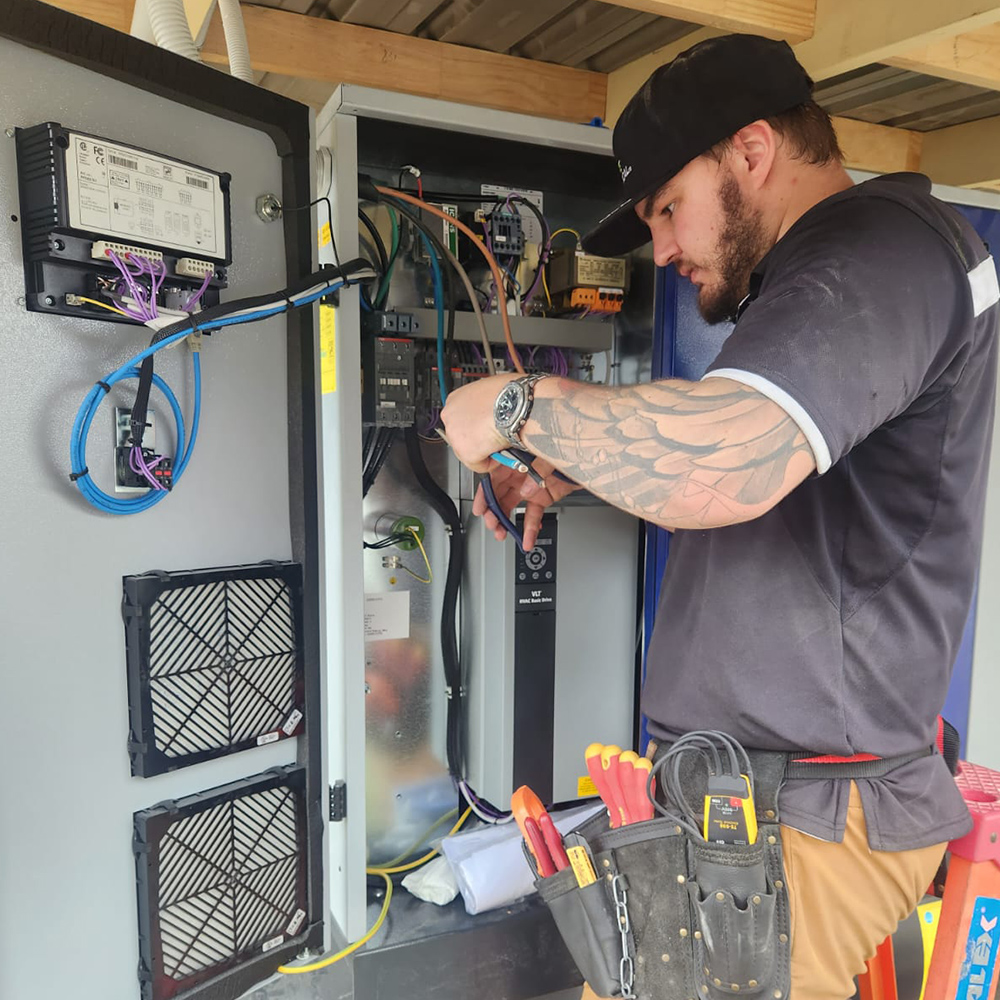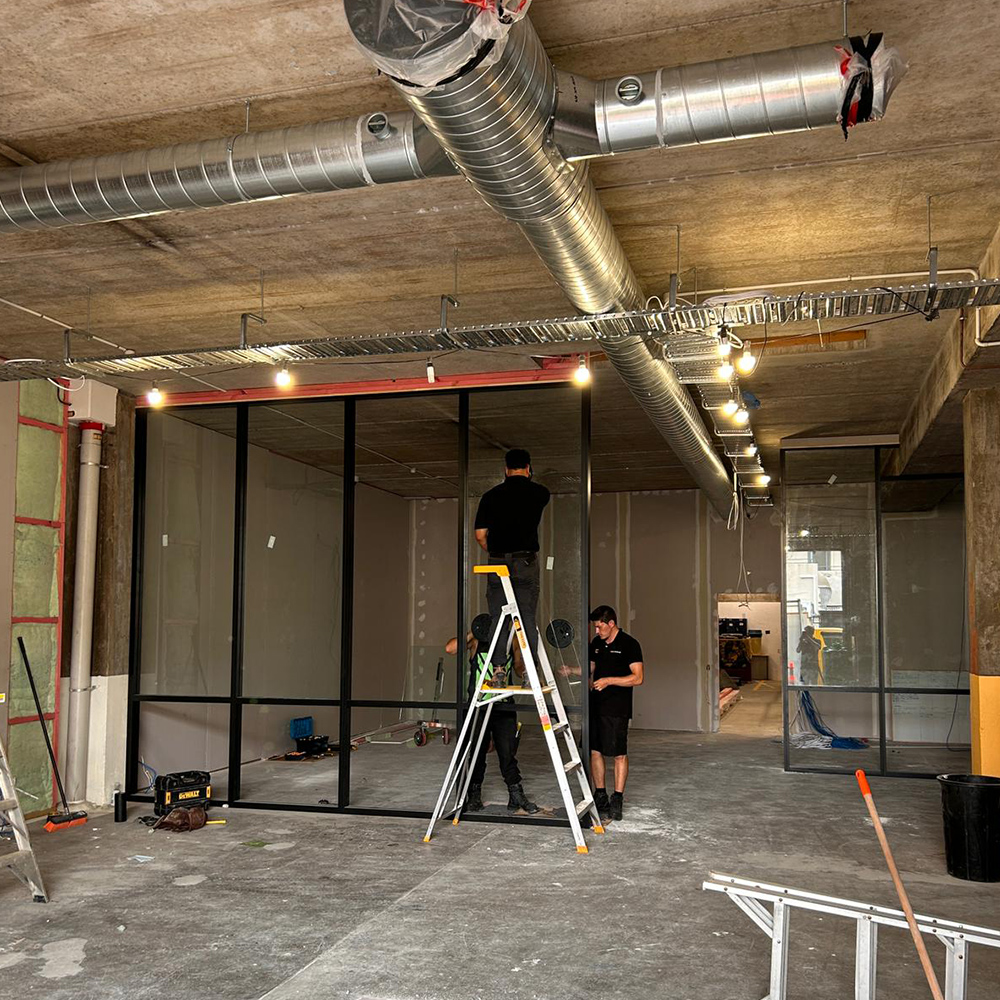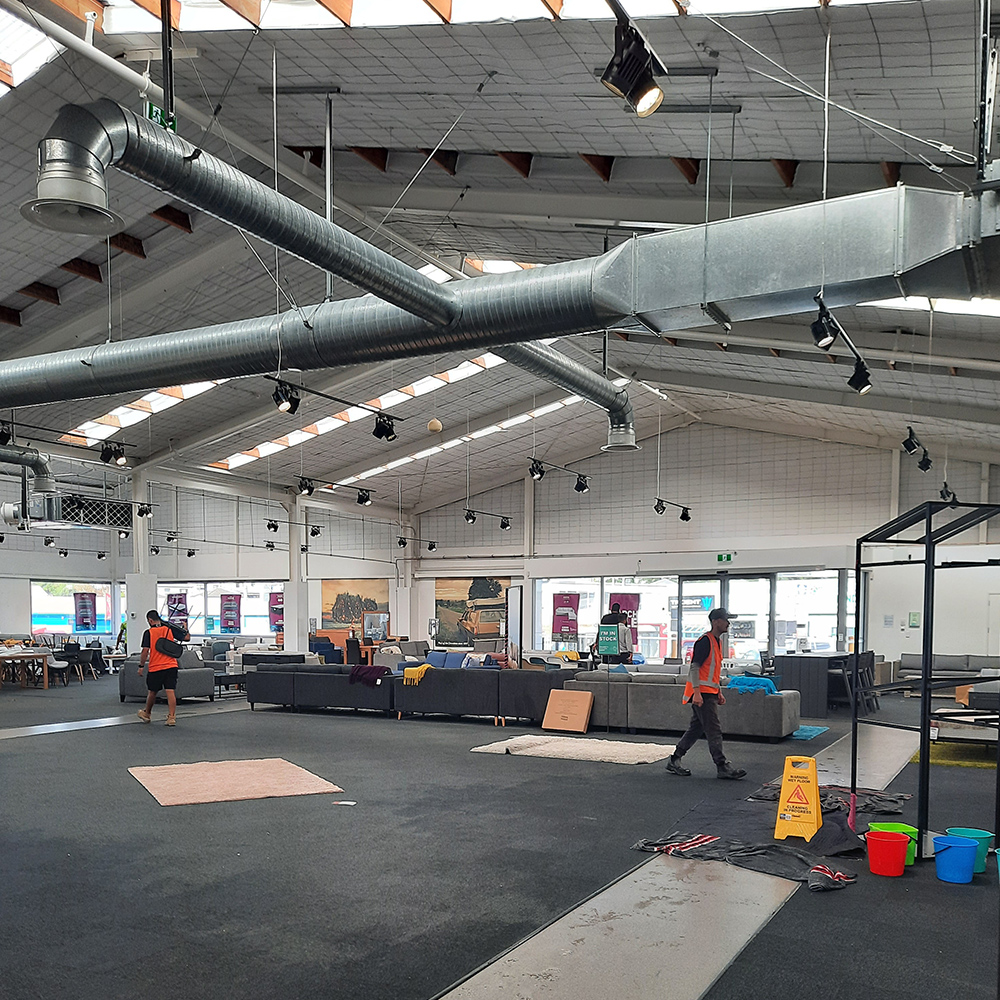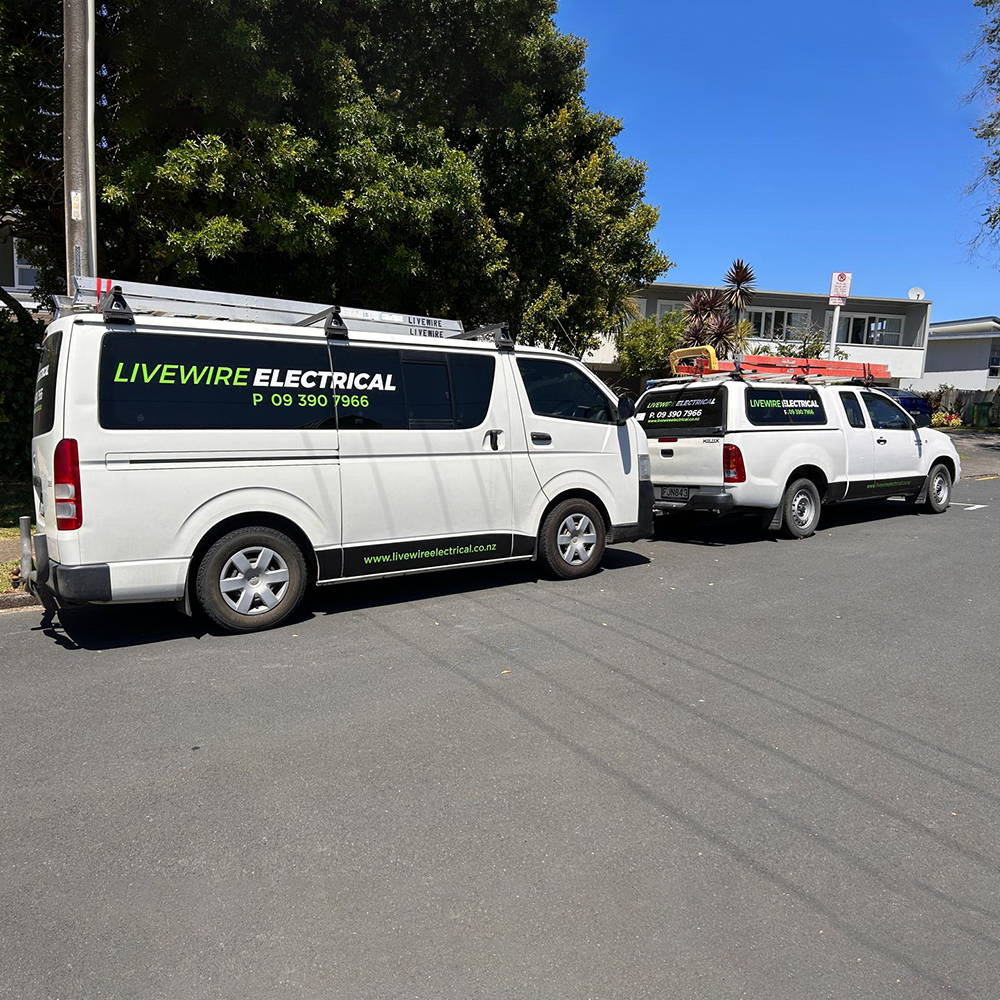Inspecting Outlets and Switches:
A Comprehensive Guide
Ensuring the safety and efficiency of your home's electrical system is paramount, and regular inspections of outlets and switches play a critical role in this process. This guide provides an in-depth look at how to check these components for signs of wear, damage, or malfunction.

Understanding the Importance of Regular Inspections
Outlets and switches are the most interacted-with components of your home’s electrical system. Despite their everyday use, it’s easy to overlook the wear and tear they endure. Regular inspections can preemptively address potential hazards, such as electrical fires or shocks, ensuring these fixtures operate safely and efficiently. Additionally, maintaining these electrical components can prolong their lifespan and prevent the need for costly repairs or replacements.
Preparing for Inspection
Before diving into the inspection process, it’s essential to gather a few basic tools to help assess the condition of your outlets and switches effectively. While most inspections can be done visually and through simple tests, having a non-contact voltage tester and a flashlight can enhance your ability to detect issues. Remember, safety is paramount. Ensure your hands are dry and the area around the outlets and switches is free from water or moisture to avoid electrical hazards.
Conducting Thorough Inspections
Visual Checks
Begin with a visual assessment of each outlet and switch in your home. Look for any obvious signs of damage, such as cracks in the faceplate, discoloration, or burn marks. These physical indicators can suggest a range of issues, from minor wear to serious electrical problems. Discoloration or scorch marks, in particular, may indicate overheating, a serious concern that requires immediate attention.
Operational Tests
Operational testing involves checking each outlet and switch to ensure they function as expected. For outlets, this means plugging in a small appliance or lamp to verify that power is supplied consistently. Switches should operate smoothly without resistance or unusual sounds. Sticky or loose switches can signal internal wear or damage that might compromise their function or safety.
Sensory Observations
Pay attention to any unusual smells, such as burning or ozone, which can indicate electrical arcing or overheating components. Additionally, touch outlets and switches lightly to assess their temperature. Fixtures that feel warm or hot to the touch may be experiencing electrical issues, such as overloading or loose connections.
Testing Ground Fault Circuit Interrupter (GFCI) Outlets
GFCI outlets, designed to protect against electrical shock by interrupting power when a fault is detected, should be tested regularly to ensure their safety mechanism is functional. Press the “Test” button to trip the outlet, then attempt to plug in a device to confirm power is indeed cut off. Resetting the outlet should restore power, confirming the GFCI is operational.
Advanced Considerations
- Check for Loose Fittings: Outlets or switches that move or wiggle when touched can indicate improper installation or deteriorating internal components. Secure fittings are essential for safe operation.
- Assess Outlet Capacity: Ensure that outlets are not overloaded by multi-plug adaptors or extension cords, which can lead to overheating and electrical fires.
- Listen for Unusual Sounds: Buzzing, crackling, or popping sounds from outlets or switches can signal loose wiring or other electrical issues that require professional attention.
Safety Precautions
While inspecting outlets and switches is generally safe, taking certain precautions can prevent accidents:
- Turn Off Power: For any in-depth inspection or when checking for loose wiring, turn off power to the specific outlet or switch at the breaker box.
- Use Insulated Tools: If adjustments are needed, use tools with insulated handles to prevent electrical shocks.
- Consult Professionals for Repairs: If you identify any issues during your inspection, it’s advisable to consult a licensed electrician for repairs or replacements. Tackling electrical work without proper knowledge or training can be dangerous and may violate local building codes.
Regularly inspecting your home’s outlets and switches is a key practice in maintaining a safe and efficient electrical system. By following this comprehensive guide, homeowners can identify and address potential issues before they escalate into serious problems. Remember, when in doubt or faced with significant electrical issues, enlisting the services of a professional electrician is the safest course of action. Ensuring the integrity of your home’s electrical components not only protects your property but also the well-being of its inhabitants.

Understanding Your Home’s Electrical System
Learn the basics of how your home’s electrical system works, including the roles of circuits, breakers, and panels, and why they are critical to your safety.

Inspecting Outlets and
Switches
A step-by-step guide to checking outlets and switches for signs of wear, damage, or malfunction, ensuring they operate safely and efficiently.

The Importance of Grounding in Your Electrical System
Discover why proper grounding is essential for preventing electrical shocks and how to ensure your system is correctly grounded.

Surge Protection: Safeguarding Your Electronics
Learn how surge protectors can prevent damage to your electronics from sudden spikes in electrical voltage and how to choose and use them effectively.

Extension Cord Safety:
Dos and Don’ts
Tips on selecting, using, and maintaining extension cords to avoid overheating and potential fire hazards.

Regular Maintenance of Your Electrical Panel
Understand the importance of regular checks and maintenance for your electrical panel to prevent overloaded circuits and potential fire risks.

Detecting and Addressing Flickering Lights
Investigate the causes of flickering lights and how to address them, whether it’s a simple bulb change or a sign of underlying electrical issues.

Safe Installation and Use of Appliances
Guidelines for installing and using household appliances to prevent electrical overloads and ensure efficient operation.

Childproofing Electrical Outlets and Devices
Strategies for keeping children safe from electrical hazards, including the use of safety caps and tamper-resistant (TR) outlets.

Hiring a Professional Electrician: When and Why
Recognize situations that require a professional electrician’s expertise to ensure the safety and integrity of your home’s electrical system.
